
The topic on this page focuses on the following questions:
- What are the most important programming languages in 2024?
- Which programming language should I learn in 2024?
- What programming languages exist for different use cases (web development, mobile development, etc.)?
- Which programming languages are most in demand?
- What are the most popular languages for backend development?
- Which programming languages are the best for beginners?
There are hundreds of programming languages in widespread use, each with its complexities and unique languages. The good news is that as you start any work with programs you need, you also start a journey through the programming language. What you need will decide the direction in which your targeted actions should move. Listed are the best and most necessary programming languages for many common use cases, including web development, mobile device development, game development, and much more. Here are the most important programming languages (numbers in parentheses represent changes compared to the previous year):
- Python (+1)
- JavaScript (-1)
- Java (0)
- C++ (+4)
- C# (-1)
- TypeScript (0)
- C (+2)
- PHP (-2)
- GO (+2)
- Shell (New)
- SQL (-4)
- Swift (-1)
- Kotlin (+1)
- Rust (-1)
- Ruby (-5)
- Dart (0)
- Objective-C (+2)
- Scala (-2)
- Haskell (New)
- Perl (-2)
Python

It's hard to have a list of the best programming languages without Python. Python often tops the charts of programming languages for good reason. It's because Python is powerful yet simple to learn. Python is a high-level general-purpose programming language.
Python may be the most user-friendly programming language. It is often said that Python's syntax is clear, intuitive, and almost English-like, which, like Java, makes it a popular choice for beginners. Like Java, Python has various applications that make it a versatile, powerful option when choosing the best programming language for your use case. For example, if you are interested in back-end web development, then open-source software written in Python is popular, easy to learn, and rich. Python programming language also has packages like NumPy and SciPy that are commonly used in fields of scientific computing, mathematics, and engineering.
See more about what it looks like to program in Python with this small example.
JavaScript

Usable for both back-end and front-end programming, JavaScript is also widely used in the internet domain. JavaScript is a fundamental technology powering the World Wide Web. This is because its efficient development of advanced operations works well with other languages, is extremely versatile, and is updated annually.
Today, it's impossible not to use JavaScript in some way. According to Stack Overflow's 2022 developer survey, JavaScript has been the most popular language among developers for the 10th year in a row. Nearly 70 percent of respondents said they used JavaScript in the past year.
Along with HTML and CSS, JavaScript is crucial for developing websites and webpages. Most of the most popular websites online, from Facebook and Twitter to Gmail and YouTube, rely on JavaScript to create interactive web pages and dynamically display content to users. Although JavaScript is primarily a language interpreted in the browser, it can also be used on the server side through "Node" to build scalable network applications. "Node" is compatible with Linux, SunOS, Mac OS, and Windows. Since JavaScript has flexible syntax and works in all major browsers, it is one of the more user-friendly programming languages. Its fast operation and adaptability are indeed a secure step towards what a particular business needs. Essential insight into the form of business determines what is later easily created and presented through this programming language. Although JavaScript is primarily an interpreted language that speeds up integration with browsers.
Learn more about Javascript programming language at an external source. Learn more about Node.js on their official site.
jQuery is a fast, small, and feature-rich JavaScript library. Things like HTML traversal and document manipulation, event handling, animation, and Ajax are made much simpler using an easy-to-use API that works across a multitude of browsers. With its versatility and extensibility, jQuery has changed the way millions of people write JavaScript.
Learn more about jQuery on their official site.
React is a declarative, efficient, and flexible JavaScript library for building user interfaces. It allows building large web applications that can update data without reloading the page.
Learn more about React on their official site.
Angular is a platform and framework for building efficient and sophisticated single-page applications. It uses modern JavaScript and allows for the development of applications with excellent scalability and performance.
Learn more about Angular on their official site.
Vue.js is a progressive JavaScript framework used for building user interfaces. Vue is designed to be incrementally adoptable, which means it can be easily integrated with other projects and libraries.
Learn more about Vue.js on their official site.
Java

Java is a popular, high-level, object-oriented programming language developed by Sun Microsystems (now owned by Oracle) and first released in 1995. It is designed to be platform-independent, meaning Java code can run on any device with a compatible Java Virtual Machine (JVM) without needing recompilation. Java is widely used for creating web applications, business software, and Android mobile applications.
Java emphasizes simplicity, reliability, and performance. Its syntax is similar to C and C++, but includes features like garbage collection, which simplifies memory management for developers. Java programming language also supports multithreading, enabling efficient execution of concurrent tasks.
C++
C++ is a general, high-level, object-oriented programming language that was developed by Bjarne Stroustrup during the 1980s as an enhancement to the C language. C++ adds classes, objects, inheritance, abstraction, and polymorphism to the functionalities of C, facilitating the development of complex software systems.
C++ is known for its efficiency, speed, and flexibility, making it ideal for developing performance-intensive applications such as games, operating systems, compilers, and embedded systems. C++ also supports generic programming through templates, allowing for the writing of flexible and reusable code.
C++ has had a significant impact on the development of other programming languages, such as Java, C#, and Python. C++ continues to be widely used in the industry, and its development and standardization are ongoing under the auspices of the ISO C++ programming language committee.
C#
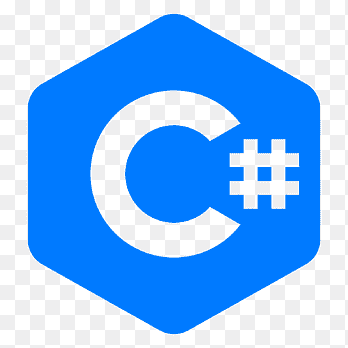
Another programming language influenced by Java, C# is an accessible general-purpose language that is equally powerful and flexible. C# was designed specifically for use with Windows.
Like C++, C# (pronounced C Sharp) is an object-oriented language built on the foundations of C. It was originally designed by Microsoft as part of its .NET framework for building Windows applications.
C# programming language uses syntax that is similar to other languages derived from C, such as C++, making it easy to pick up if you are coming from another language in the C family. C# is not only a language for advanced Microsoft application development but is also used by mobile developers to build cross-platform applications on the Xamarin platform.
TypeScript
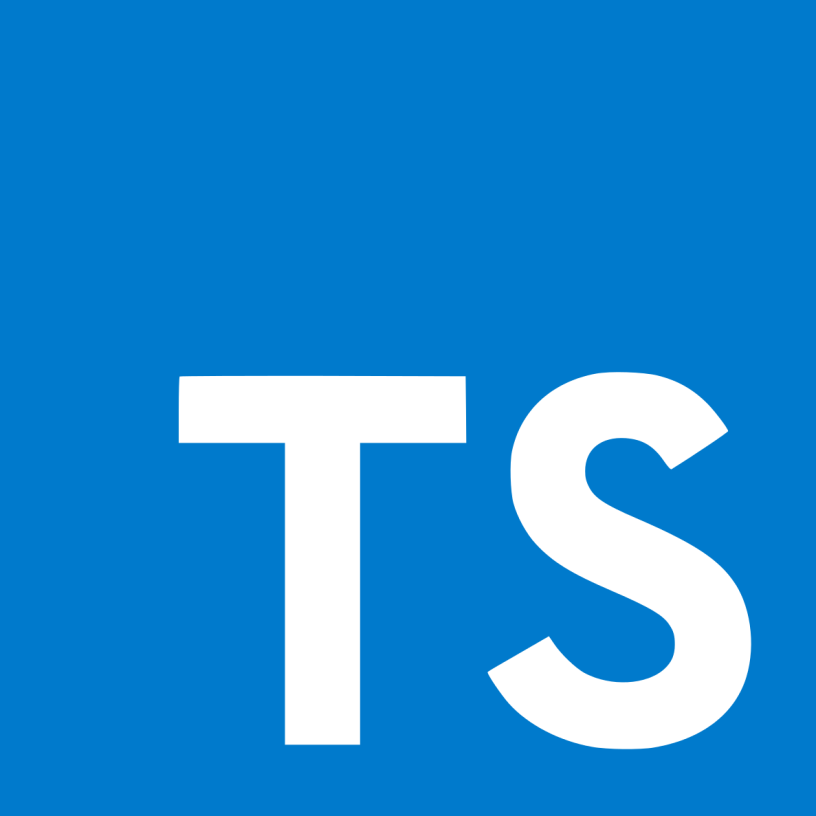
TypeScript is an open-source programming language developed by Microsoft. It was introduced in 2012 as an enhancement to JavaScript, with the aim of improving the development and maintenance of complex applications. TypeScript is statically typed, which means data types are checked during compilation, helping to prevent coding errors.
TypeScript introduces additional features such as classes, interfaces, decorators, and modules, which facilitate code organization and maintenance. TypeScript code is transpiled into JavaScript, making it compatible with existing JavaScript environments and libraries.
TypeScript has become popular in web application development and is widely used in combination with modern frontend frameworks such as Angular, React, and Vue.js.
C
The C programming language is a general-purpose, procedural language developed by Dennis Ritchie at Bell Laboratories in the early 1970s. The language was designed to allow direct control over hardware and to be efficient for writing low-level systems such as operating systems and compilers.
The C language is popular due to its simplicity, flexibility, and high performance. Its syntax is concise, and its functionalities allow users to work with pointers, structures, functions, and arrays.
C programming language has laid the foundation for many other programming languages, including C++, C#, and Objective-C. The C programming language still has widespread application in software development, especially in areas such as embedded systems, games, and operating systems.
PHP

The code behind Facebook, Yahoo, and Wikipedia, PHP has long held an important place in the world of coding. PHP is simple to use, integrates easily with other languages, and is supported by all major operating systems.
PHP (Hypertext Preprocessor) is an open-source, server-side scripting language designed for web development. It was created by Rasmus Lerdorf in 1994. PHP is primarily used for generating dynamic web pages and can be directly embedded into HTML.
Official site of PHP programming language.
GO

Go is an open-source programming language developed at Google. Flexible and capable of efficiently handling large volumes of information, Go performs well in larger systems. However, perhaps one of the sweetest things about Go is its competitiveness in the market, which is always ahead of most similar programs.
Go is one of the primary languages favored by Google, and it's a small language that could. As a low-level language, Go programming language is ideal for engineers who want to get into systems programming. It encompasses much of the same functionality as C and C++ without the cumbersome syntax and steep learning curve. It's the perfect language for building web servers, even machine learning packages. Being open source, ambitious developers can see their personal contributions adopted and enjoyed by programmers around the world.
Shell
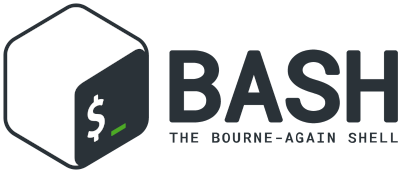
The shell is a command interpreter and scripting language used to interact with the operating system, primarily in UNIX and Linux environments. It allows users to execute commands, automate tasks, and manage files and processes.
The shell was originally developed by Ken Thompson in 1971 as part of the UNIX operating system. Later, various versions emerged, including the Bourne Shell (sh), C Shell (csh), Korn Shell (ksh), and the most well-known Bash (Bourne Again Shell), which is widely used in most Linux distributions.
Scripts written in the shell language enable automation of repetitive tasks, system administration, and integration of different programs. The shell is also used for developing simple tools and executing complex operations within the operating system.
For more information, you can visit the Wikipedia - Unix Shell.
SQL

Programming languages are usually used to tell computer systems what to do, but there are exceptions. SQL is a query-based language that primarily focuses on "fetching" data from databases and enabling their storage.
SQL (Structured Query Language) is a standardized programming language for managing relational databases. It enables the definition, manipulation, control, and retrieval of data.
SQL is a declarative language, meaning users describe what they want to achieve, rather than how to do it. This allows the database management system (DBMS) to optimize queries. SQL is widely supported by various DBMSs, such as Oracle, MySQL, PostgreSQL, and Microsoft SQL Server.
More information about SQL can be found at this external link SQL.
Swift

It's fast, secure, and backed by one of the biggest players in the tech world, but it probably won't be your first choice when it comes to general programming and development.
If you're interested in Apple products and mobile app development, Swift is a good place to start. First announced by Apple in 2014, Swift is a relatively new programming language used for developing iOS and macOS applications. Swift is optimized for performance and built from the ground up to match the realities of modern iOS development. iOS not only runs on every iPhone and iPad but also underpins other operating systems such as watchOS (for Apple watches) and tvOS (for Apple TV). Moreover, Apple is not going anywhere as a leader in the tech industry, and iOS apps continue to be the most profitable in the mobile app market. Consider also that searches on Apple devices and Safari have increased by 23% in the past year, indicating that this program is just starting to tap into its huge potential.
Kotlin
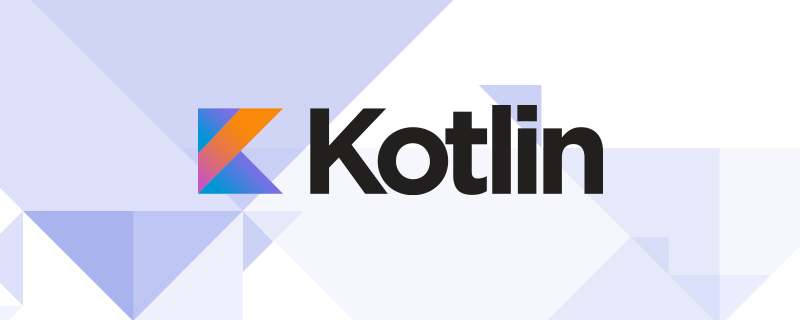
Kotlin is a modern, statically typed programming language developed by JetBrains. It was first introduced in 2011 as an alternative to the Java programming language for Android app development and other projects on the Java platform.
Kotlin is designed to be interoperable with Java code, allowing developers to use existing Java libraries and frameworks. Kotlin offers a cleaner and more concise syntax, improved management of nullable types, and more modern features such as extensions, data classes, and lambda expressions.
Kotlin can be used for developing Android apps, servers, desktop applications, and web applications that run in JavaScript environments. Google designated Kotlin programming language as the official programming language for Android development in 2017, contributing to its popularity.
Rust

Rust offers speed and security without sacrificing performance. It has valuable built-in documentation and contains helpful error messages (so you can more easily find issues when something goes wrong).
Rust is somewhat overlooked among other languages on this list, but that does not mean it is not a worthy language to learn. A 2019 Stack Overflow developer survey found that Rust was the most loved programming language among developers for the fourth consecutive year, with 83.5% of Rust developers saying they wanted to continue working with it.
Developed by Mozilla Corporation, Rust is intended primarily for low-level system programming, similar to C and C++. What Rust adds to the mix is an emphasis on speed and safety. Rust emphasizes writing "safe code" by preventing programs from accessing parts of memory that they shouldn't, which can cause unexpected behavior and system crashes.
The advantages of Rust programming language mean that other major tech companies, like Dropbox and Coursera, are already starting to use it internally.
Ruby

Ruby is a high-level, dynamically typed programming language, first introduced in 1995. Ruby was created by Yukihiro "Matz" Matsumoto, with the aim of making a language that is easy to use, readable, and flexible.
Ruby is an object-oriented language where everything, including primitive types, is represented as an object. Ruby supports various programming paradigms such as functional, imperative, and reflective programming.
Ruby on Rails, a popular web development framework, is based on the Ruby programming language, which has contributed to its wide use in web application development. Ruby is also used for developing scripts, desktop applications, and system tools.
The language stands out for its expressiveness, elegant syntax, and a convention of "programmer happiness," which makes writing code in Ruby quick and enjoyable.
Ruby programming language is another scripting language commonly used for web development. Beginners often gravitate towards Ruby as it has a reputation for one of the friendliest and most helpful user communities. In addition to an active community and straightforward syntax, Ruby is also a good language for job prospects thanks to its association with major tech companies. Twitter, Airbnb, Bloomberg, Shopify, and countless other startups have all built their websites and web platforms using Ruby on Rails at some point.
Dart
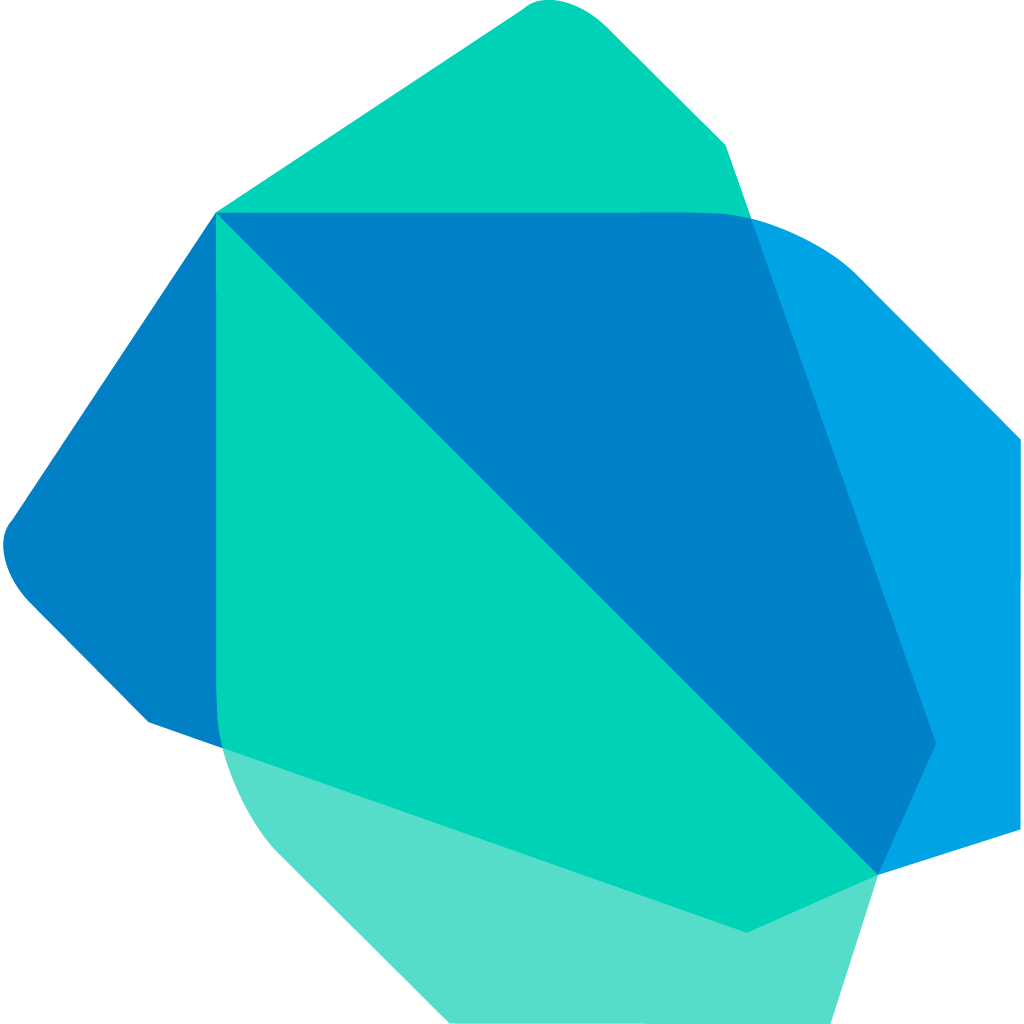
Dart is an open-source programming language developed by Google, first introduced in 2011. Dart is designed for developing web, server, desktop, and mobile applications. The language combines features of classical and modern languages, providing simplicity, efficiency, and scalability.
Dart supports an object-oriented approach to programming with static type checking, which facilitates the writing of clean and safe code. Dart can be used with various frameworks and platforms, such as Flutter (for building mobile and desktop applications) and AngularDart (for web applications).
Dart programming language applications can be compiled into native code for iOS, Android, Windows, macOS, and Linux, as well as into JavaScript for web applications, making it a versatile solution for development across different platforms.
Objective-C
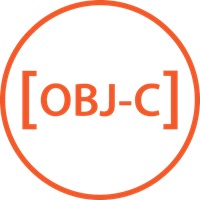
Objective-C is an object-oriented programming language that adds Smalltalk-style message sending to the C programming language. Developed in the 1980s, it has since become the foundation for developing Apple's operating systems, including macOS and iOS, until the introduction of Swift.
Objective-C is still widely used, especially in legacy projects and applications for Apple devices. The language combines the syntax of the C programming language with new syntax for defining classes and methods, and for managing objects. Objective-C is known for its ability to integrate easily with C and C++ code, making it suitable for developing complex Apple applications that require access to lower levels of the system.
Beyond application development, Objective-C is often used for writing server software, system integration, and various other technical applications, where the stability and reliability of the C language are needed along with the flexibility of object-oriented programming.
Learn more about Objective-C programming language on Apple's developer documentation.
Scala

Scala combines functional programming with object-oriented programming, offering code complexity along with concise notations for better coding and enhanced performance. Scala is also accessible and can be fun to learn.
If you are familiar with Java—a classic programming language—it's worth checking out its modern relative, Scala. Scala combines the best features of Java (like its object-oriented structure and blazing-fast JVM runtime environment) with a modern twist. As a functional programming language, Scala allows developers to elevate the quality of their code to resemble pure mathematics. Scala enables concurrent programming, allowing for parallel execution of complex procedures. Developers can create and customize their own data types, ensuring they can be confident knowing that entire layers of errors are impossible during execution.
Haskell
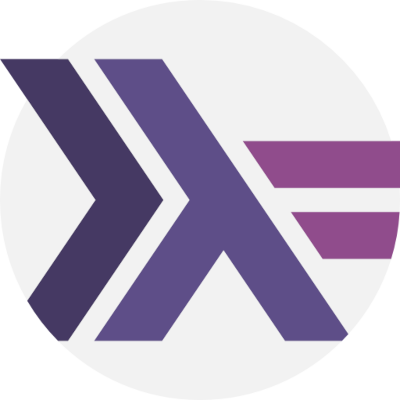
Haskell is a functional programming language known for its purity, strong static typing, and high level of abstraction. Its main characteristic is being purely functional, meaning all operations are expressed through functions without mutable state or side effects.
Named after the mathematician Haskell Curry, Haskell was developed in the late 1980s to serve as a standard language for functional programming. The first version was released in 1990, and today, the most prominent implementation is the Glasgow Haskell Compiler (GHC).
Haskell is utilized in areas requiring reliable solutions with strong typing, such as financial systems, compilers, data analysis tools, and research in computer science theory. Its popularity is notable in academic circles but also extends to industrial projects that demand scalable and secure solutions.
For more information, you can visit the Wikipedia - Haskell.
Perl
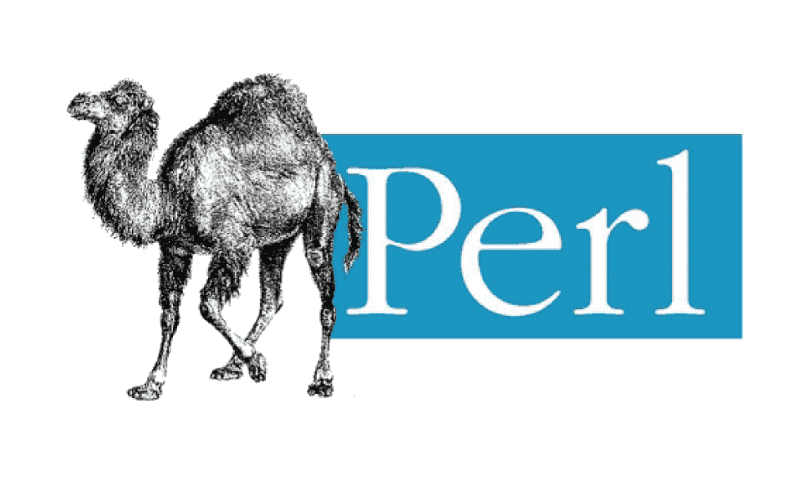
Perl is an interpreted scripting programming language that originated in the 1980s. The name Perl is an acronym for "Practical Extraction and Reporting Language".
Perl is commonly used for text processing, automatic data processing, and web application development. Perl has many functions and modules used for text processing, parsing XML documents, data manipulation, and other tasks.
One of the key features of Perl is its flexibility and expressiveness. Perl has a simple syntax and can be used on various platforms, including Unix, Linux, and Windows. Perl is also known for its ability to work with regular expressions, making it extremely useful for text processing and data analysis.
Perl also supports object-oriented programming (OOP), meaning code can be organized into classes and objects for better organization and reusability of code.
Perl programming language is open-source and has a large user community that contributes to the development of the language and its modules. There are many free tools and libraries that can be used with the Perl programming language.
HTML
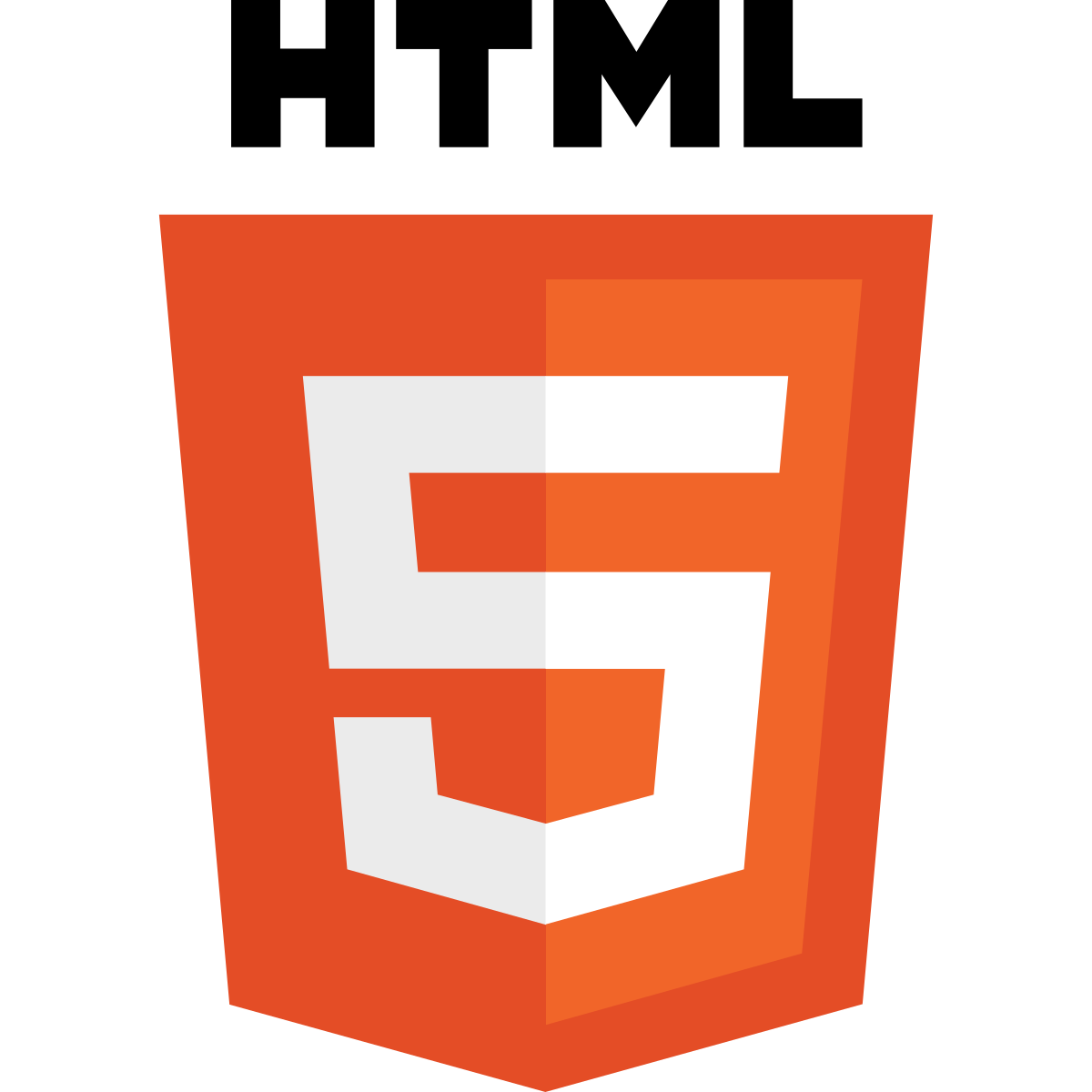
Not a programming language, another fundamental technology, widely known is HTML. HTML (Hypertext Markup Language) is the standard markup language for creating and structuring web pages. HTML is used to define elements and the structure of the page, such as headings, paragraphs, lists, images, links, and multimedia.
An HTML document consists of a series of elements, which are marked using tags. Tags determine how elements will be displayed in a web browser and how they will interact with other parts of the page.
HTML is used in combination with CSS (Cascading Style Sheets) to style elements, and JavaScript to add interactivity and dynamic content to web pages.
HTML was developed by Tim Berners-Lee, the founder of the World Wide Web, and is maintained by the World Wide Web Consortium (W3C). HTML5 is the current version of the standard that supports numerous new functionalities and enhances web accessibility for various devices and platforms.
CSS
Not a programming language, it is more a style sheet language. However, along with JavaScript and HTML, CSS is the third fundamental technology in the global software market. Typically used with HTML, CSS helps define the visual aesthetics of HTML elements. Essentially, where HTML defines the content of the page, CSS defines the overall appearance of the page.
CSS is grouped into selectors, classes, there are predefined classes that perform certain tasks. Accordingly, there is also a set of such classes (framework). One of the most popular frameworks is Twitter Bootstrap, and here is their site Bootstrap.
Sources of Information on Programming Language Popularity
The list of the most widely used programming languages is derived from industry reports and surveys, such as the TIOBE Index, GitHub's Octoverse, and Stack Overflow's Developer Survey. These sources update their rankings annually based on criteria such as the number of search queries, usage in projects, and developer preferences. You can find the latest rankings and detailed analysis on their respective websites:
- TIOBE Index: TIOBE - Software Quality Company
- GitHub Octoverse: State of the Octoverse
- Stack Overflow Developer Survey: Stack Overflow Developer Survey
These sources provide a comprehensive overview and are widely recognized as authoritative in the software development industry.
Conclusion
The choice of programming language is based on your interests and the nature of your business. I am always at your service to advise you on what is most beneficial for you. Judging by my experience and global statistics, I am always ready to provide a solution for your business. Competitiveness in the market is based on being always ready to introduce innovation in your business sector. Websites are the storefront and portfolio of a company on the global market.
Programming has become an integral part of modern business; many software solutions have been adopted by the world's largest companies and have accelerated their growth and business. Modern and contemporary business will increasingly rely on software solutions, while programmers will be some of the most sought after. This is supported by statistics indicating that the IT sector has grown by more than 1000% in the last five years. The industrial evolution has begun, and it will develop in parallel with other market sectors; it is essential to catch the moment in time.
Article Archive
If you're looking for top-tier software developer to hire, look no further!
✨ What I offer:
- Website Development: Turn your idea into a fully functional website.
- Mobile App Creation: Reach your audience on every device.
- Custom Software Solutions: Software tailored to your business needs.
- Database Management: Ensure your data is structured, secure, and accessible.
- Consultations: Not sure where to start? Let's discuss the best tech solutions for your goals.
With 20+ years of experience in the tech industry, I've honed my skills to provide only the best for my clients. Let's turn your vision into reality. Contact me today to kick off your next digital project!


Leave a Comment